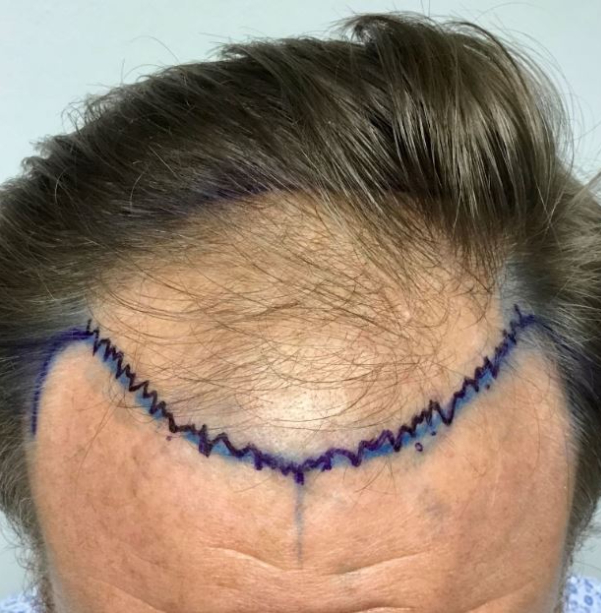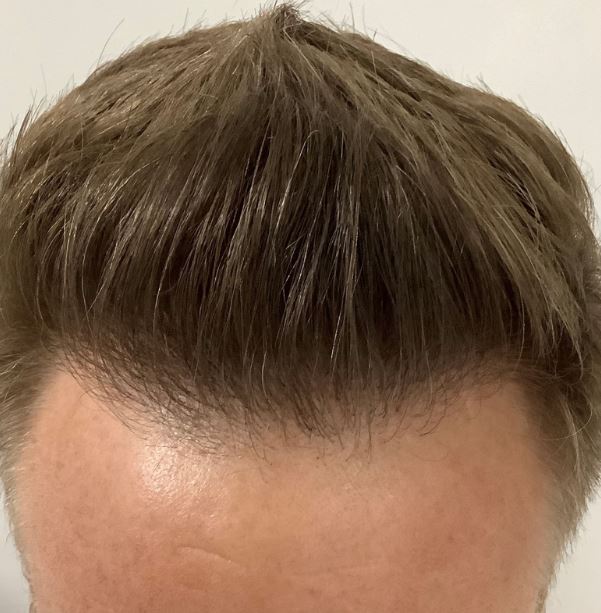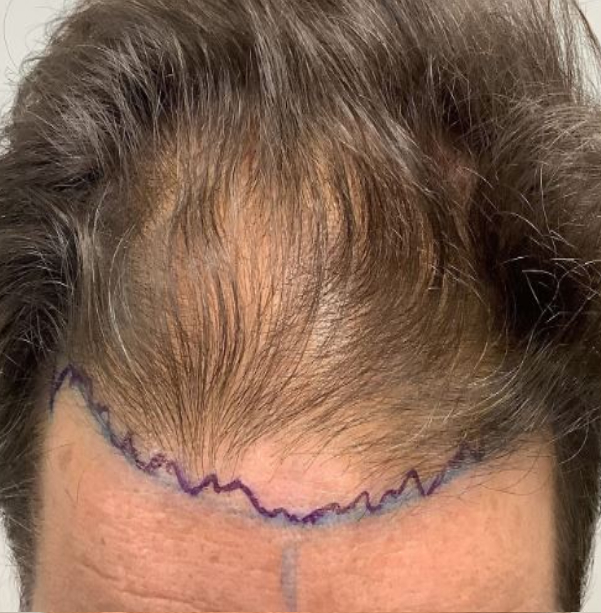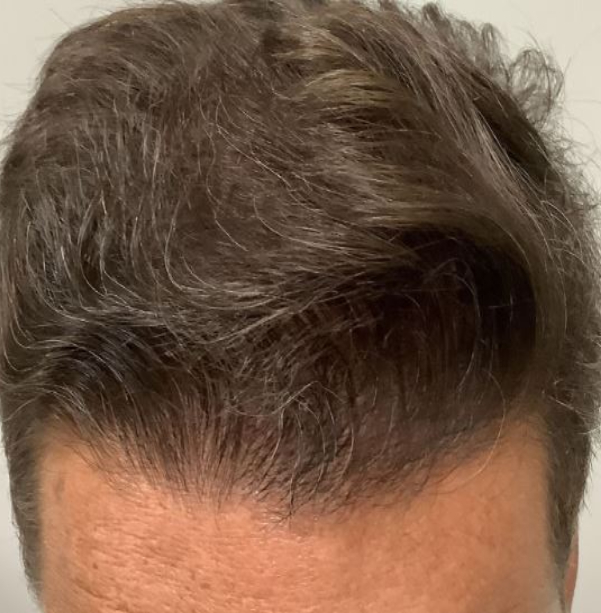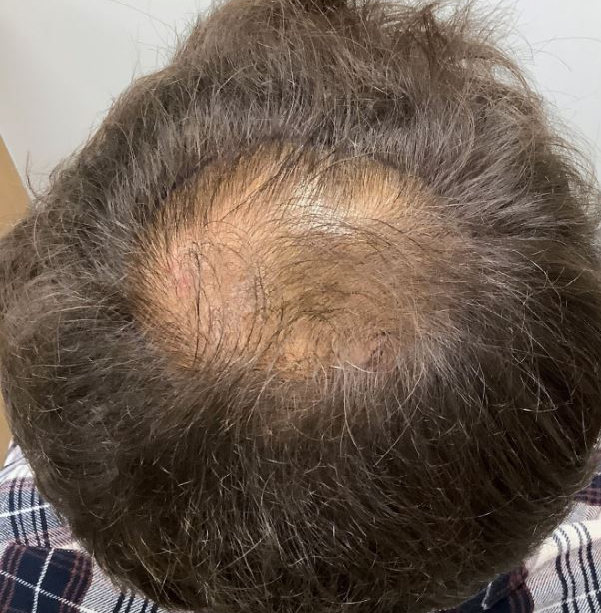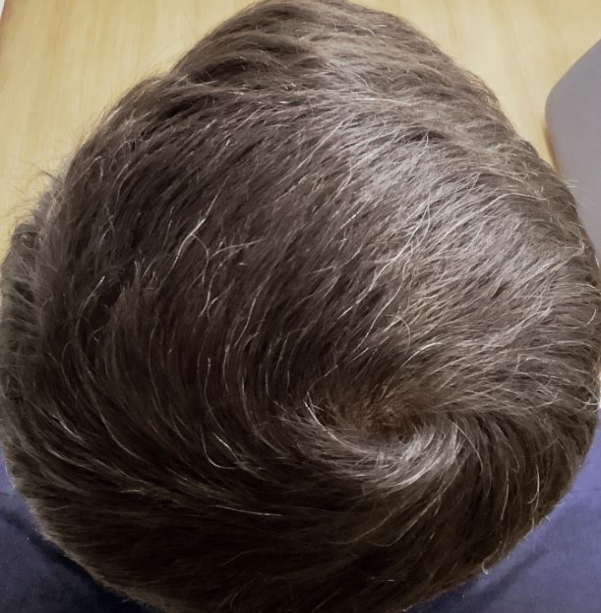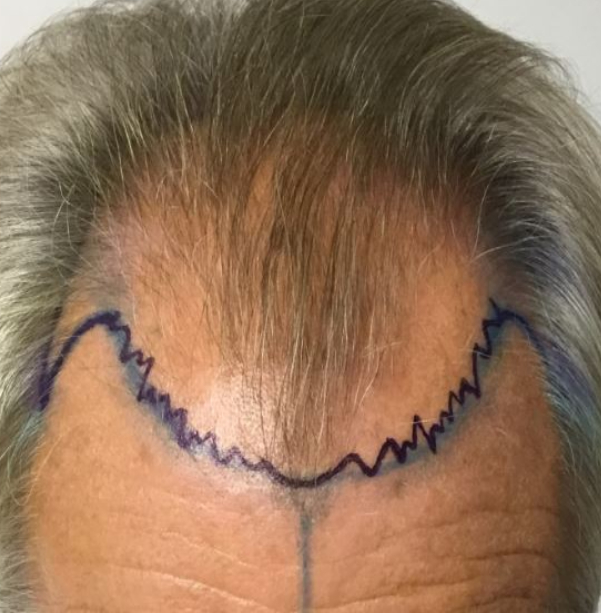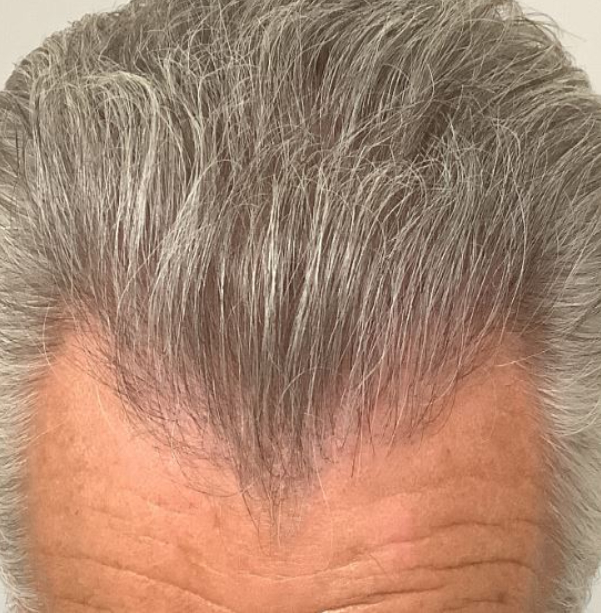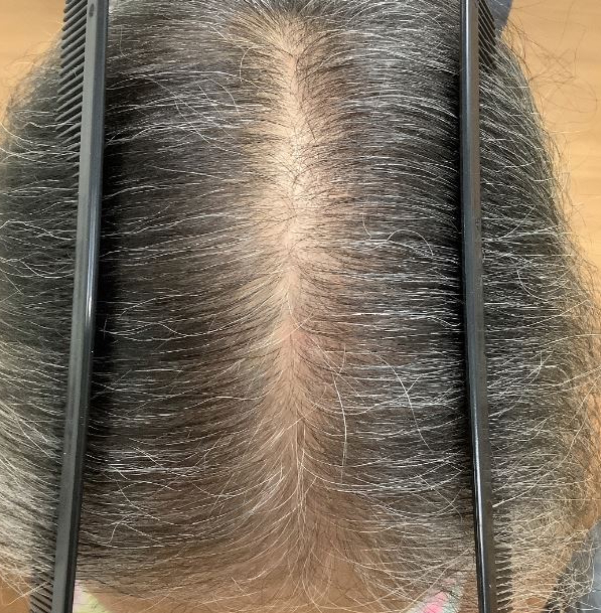Hair Loss Treatments
Comprehensive Approach
At Miami Hair Institute, we have created the most comprehensive approach for evaluating and treating patients with hair loss, while providing the very latest in scientific techniques at our state-of-the art facility.
Unlike other clinics who perform hair restoration, our physicians have extensive experience in medical hair loss therapy as well as research and are also Board Certified in Dermatology, the only medical specialty with certified residency training in hair loss and scalp diseases. We not only perform hair transplant surgery for men and women, but also evaluate and treat patients with different causes of hair loss and scalp conditions.
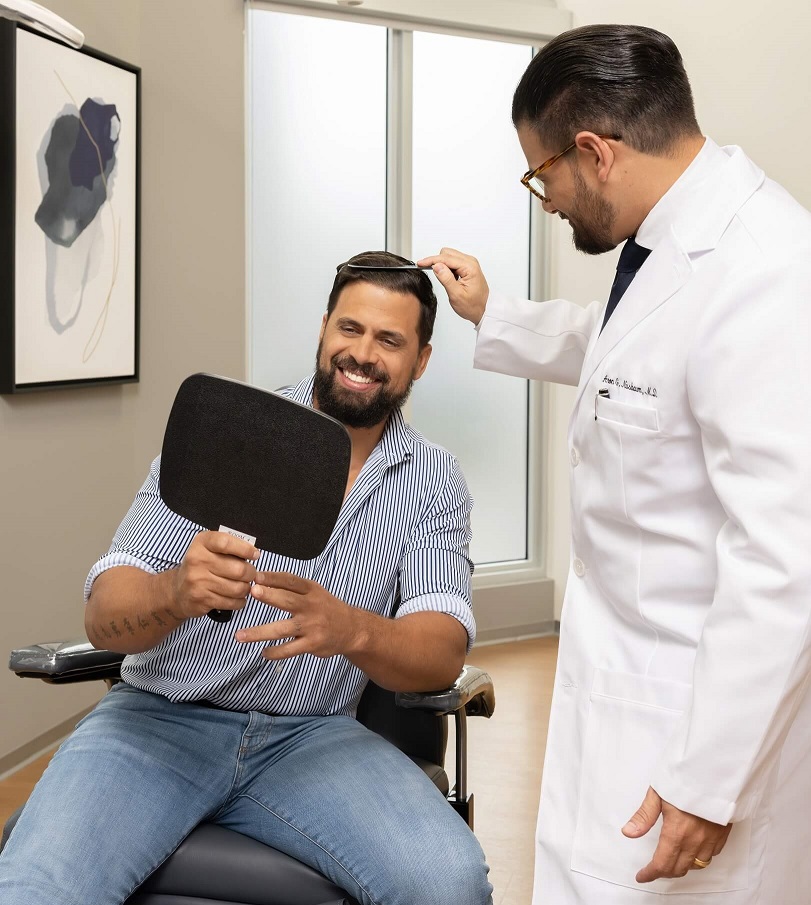
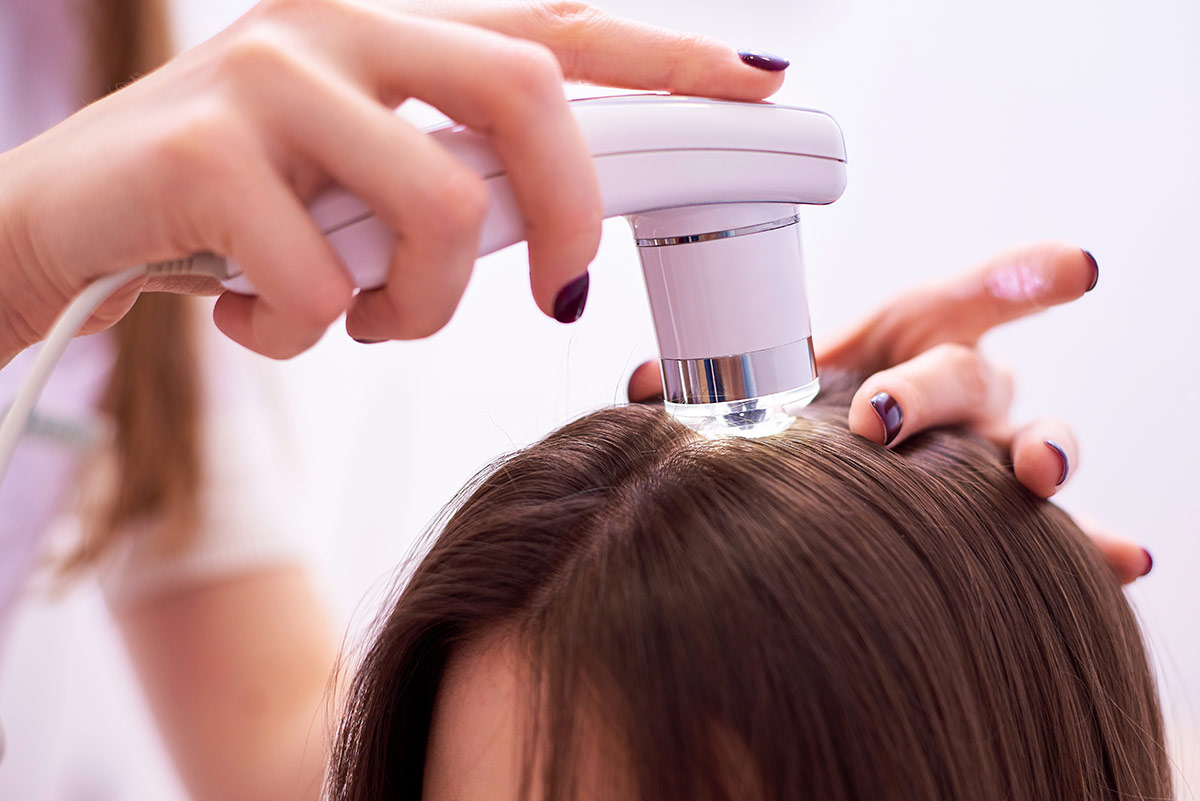
Advanced Methodology
We approach each hair loss patient with a comprehensive methodology, obtaining a detailed medical history, performing an in-depth scalp examination using state-of-the art diagnostic tools and, if indicated, blood tests to detect any underlying imbalances or deficiencies that may be contributing to the hair loss.
Utilizing these techniques we determine not only the cause of hair loss and the most effective treatment, but we can also detect the earliest signs of hair thinning before it becomes apparent to the human eye. Early detection is crucial, as all medical therapies are most effective if started in the earlier stages of hair loss.
Proven Treatments
Conditions which we evaluate and treat are: hereditary male and female pattern hair loss (which affect 70% of men by the age of 60 and up to 25% of women), hair breakage, alopecia areata, traction alopecia and dermatologic conditions which cause both permanent and non-permanent hair loss as well as conditions which are associated with excessive hair shedding (termed “telogen effluvium”).
We pride ourselves in providing ethical, research-based patient education as well as prescription treatments such as: topical applications, oral medications and supplements, hair growth plasma, as well as low level laser therapy.



